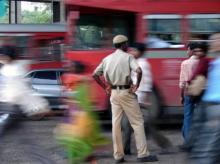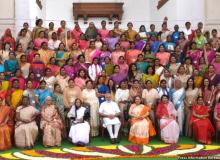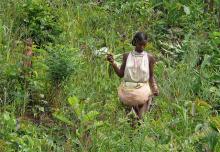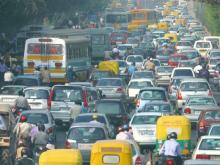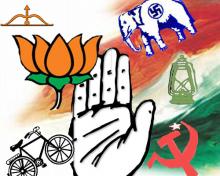Hostels in Indian Campuses Still Off-limits for Trans Students
Inclusive living facility for trans students has been a critical issue all over India. Off-campus accommodation is usually costlier, unsafe, and not readily available to trans persons because of their identity. Transgender persons face discrimination and harassment at rental housing. Amongst the many concerns were the fear of sexual violence, higher rent rates, lack of secure tenure, unreasonable demands and intrusion into personal space by the landlords

 Most IAS officers in India believe that states must have the autonomy to formulate their own responses based on their needs and capacities in case of emergencies like Covid-19. They regard speeches by politicians as the least effective while find frontline workers to be highly effective in communicating the right message to the public, found a survey. Around 52 percent felt that national lockdown imposed last year should have been better planned while 47.7 percent deemed it to be the right action.
Most IAS officers in India believe that states must have the autonomy to formulate their own responses based on their needs and capacities in case of emergencies like Covid-19. They regard speeches by politicians as the least effective while find frontline workers to be highly effective in communicating the right message to the public, found a survey. Around 52 percent felt that national lockdown imposed last year should have been better planned while 47.7 percent deemed it to be the right action.
 Educational levels have increased in India over three generations but people are still holding same occupations. This multigenerational mobility differs in social groups. For instance, for Muslims mobility in education and occupation has decreased in comparison to that of Hindus while SC/ST and OBCs have become more mobile over generations in education (compared to General Castes), but not as much in occupational mobility, putting a question mark over how well affirmative policies like reservations are working
Educational levels have increased in India over three generations but people are still holding same occupations. This multigenerational mobility differs in social groups. For instance, for Muslims mobility in education and occupation has decreased in comparison to that of Hindus while SC/ST and OBCs have become more mobile over generations in education (compared to General Castes), but not as much in occupational mobility, putting a question mark over how well affirmative policies like reservations are working While the new draft policy is a big positive, its focus on targeted fleet renewal for maximum emissions gains is still weak. The proposed policy puts the entire onus of incentivising fleet renewal on the state governments. They have been advised to waive off a big chunk of road tax and registration fees on replacement vehicles. Given the fact these are important sources of state revenue, the reaction of the state governments is still not known
While the new draft policy is a big positive, its focus on targeted fleet renewal for maximum emissions gains is still weak. The proposed policy puts the entire onus of incentivising fleet renewal on the state governments. They have been advised to waive off a big chunk of road tax and registration fees on replacement vehicles. Given the fact these are important sources of state revenue, the reaction of the state governments is still not known

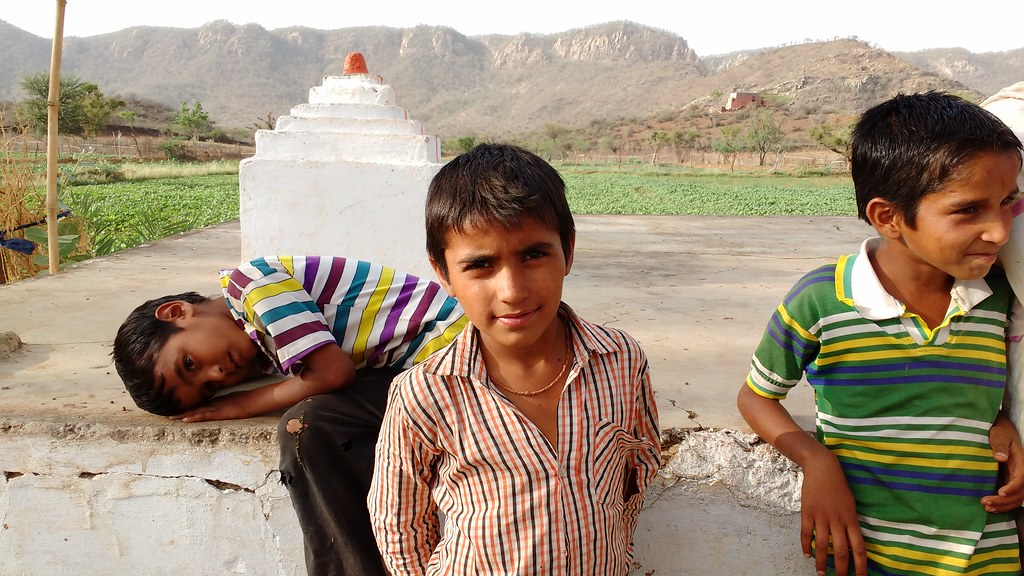 The impact of climate crisis on people across the world is highly disproportionate but no other group is as vulnerable as children in low income families of developing countries. Children are not emotionally and physically capable of understanding the dangers during extreme weather events and are dependent on adults for their survival. They are more susceptible to water and vector borne diseases, malnutrition and they are forced into labour due to economic challenges induced by climate crisis.
The impact of climate crisis on people across the world is highly disproportionate but no other group is as vulnerable as children in low income families of developing countries. Children are not emotionally and physically capable of understanding the dangers during extreme weather events and are dependent on adults for their survival. They are more susceptible to water and vector borne diseases, malnutrition and they are forced into labour due to economic challenges induced by climate crisis. 
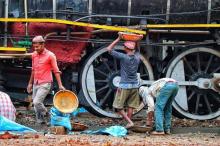






 There are 56 percent households in rural India which do not own any farm. On the other hand, around 7.18 percent households own more than 46.71 percent of total agricultural land thus signifying that few people continue to hold on to large resources. Land reforms failed in their main task of empowering the poor who continue to suffer due to current market-led reforms. Average availability of common land, which is best bet for landless for fodder or farming, has also been declining.
There are 56 percent households in rural India which do not own any farm. On the other hand, around 7.18 percent households own more than 46.71 percent of total agricultural land thus signifying that few people continue to hold on to large resources. Land reforms failed in their main task of empowering the poor who continue to suffer due to current market-led reforms. Average availability of common land, which is best bet for landless for fodder or farming, has also been declining.


